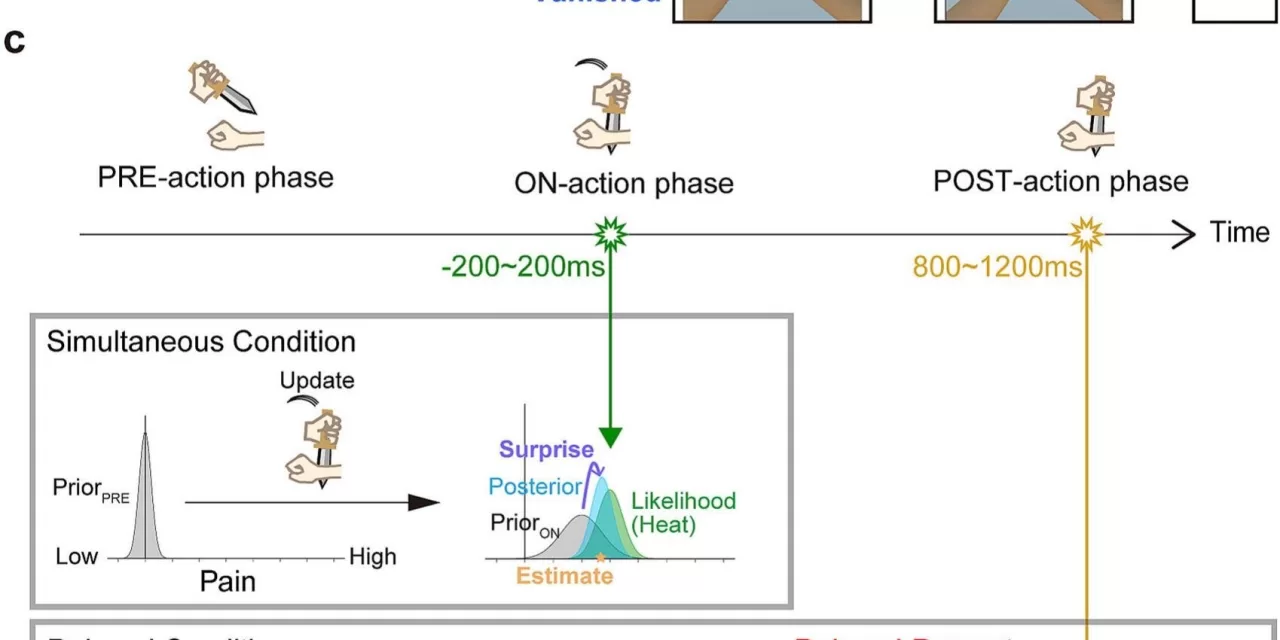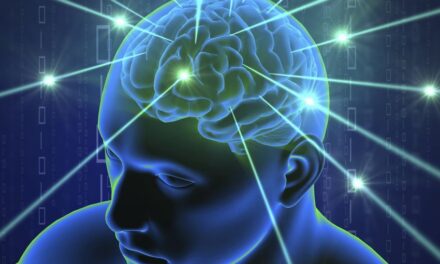New research highlights how surprise influences pain perception, with implications for chronic pain management.
Pain perception varies significantly between individuals and situations. Sometimes, pain feels more intense than expected, while in other instances, similar injuries or stimuli may cause less discomfort. This inconsistency suggests that our experience of pain is shaped not only by physical sensations but also by psychological factors such as expectations and uncertainty.
Researchers have proposed two key hypotheses to explain how the brain processes pain. The first, known as the “estimate hypothesis,” suggests that the brain predicts and estimates the intensity of pain in advance. The second, the “surprise hypothesis,” posits that pain perception is influenced by the difference between expected and actual pain—essentially, the prediction error.
A recent study published in Cognition investigated the underlying mechanism of pain perception. Participants were exposed to painful thermal stimuli while interacting with painful or non-painful visual cues in a virtual reality environment. The findings revealed that pain was perceived more strongly when there was a larger discrepancy between expectation and reality, supporting the surprise hypothesis. Unexpected pain appeared to be amplified due to the brain’s reaction to prediction errors.
These results could have significant implications for individuals suffering from chronic pain. Many chronic pain patients experience persistent fear and anxiety related to pain, which may stem from uncertainty and unpredictability in their experiences. This study suggests that reducing the gap between pain expectation and reality could be an effective approach in pain management. Therapies aimed at minimizing unexpected pain experiences may help alleviate overall pain perception and improve quality of life for patients.
As scientists continue to explore the complexities of pain perception, these findings open new avenues for treatment strategies that leverage cognitive and psychological interventions to enhance recovery from chronic pain and trauma.
More information: Ryota Ishikawa et al., Bayesian surprise intensifies pain in a novel visual-noxious association, Cognition (2025). DOI: 10.1016/j.cognition.2025.106064
Journal information: Cognition
Disclaimer: This article is for informational purposes only and does not constitute medical advice. Individuals experiencing chronic or acute pain should consult a healthcare professional for diagnosis and treatment.












